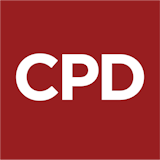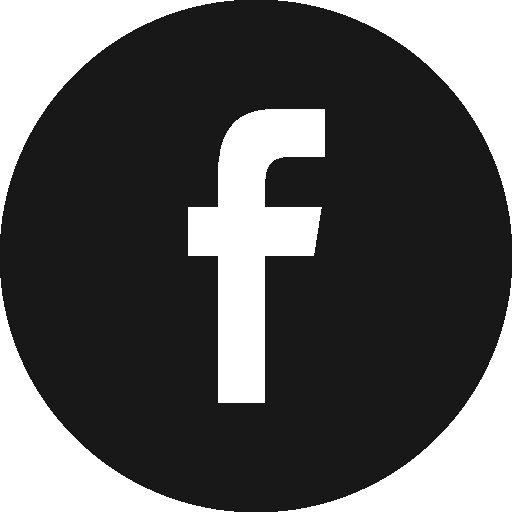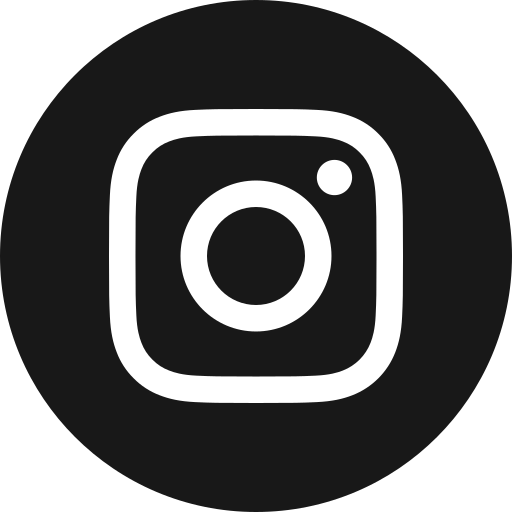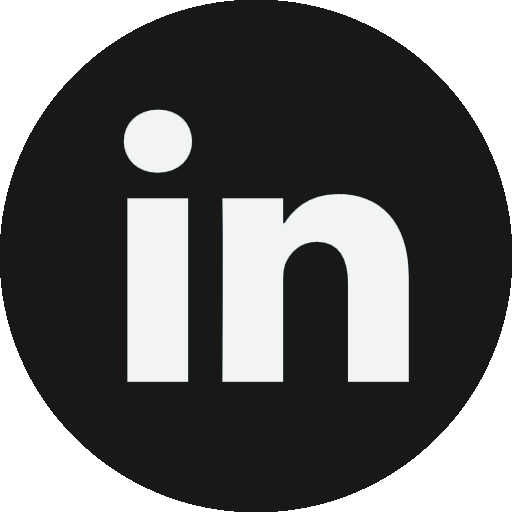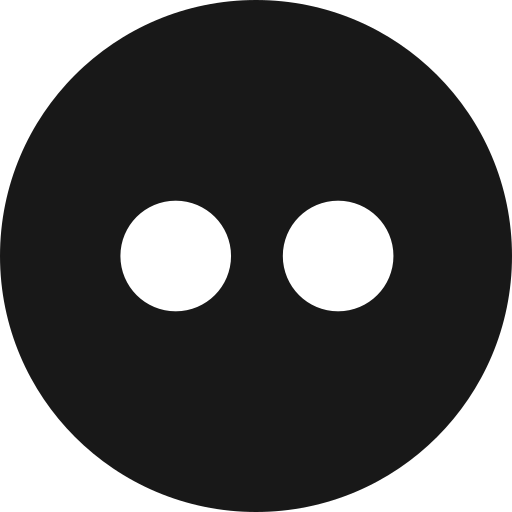media
The U.S. Army has embraced what civilians would call public relations as a key part of military operations for the 21st-century battlefield. Added to the traditional war elements — among them movement and maneuver, intelligence and firing against an enemy — is the new “Inform and Influence Activities” (IIA).
It’s been almost a year since the U.S. outpost of China Central Television (CCTV) launched under much scrutiny. So far, though, it hasn’t made much of a splash. Most Americans have never heard of CCTV, and those that have probably assume that it is the mouthpiece of the Chinese Communist Party. And, in a sense, they are on to something.
Audiences in Mali can now get the latest news from the Voice of America (VOA) on an FM transmitter that went on the air today — part of a stepped-up response to the Malian crisis by the Broadcasting Board of Governors.
Israel is planning to demand an apology for a controversial cartoon that appeared in the British Sunday Times, Israel’s ambassador to London said Monday, while one minister mulled steps against the paper.
While referring to the recent border row between India and Pakistan, a panel at the Jaipur Literature Festival blamed the media for feeding people with "petty prejudices" instead of playing a positive role. The panelists, while holding discussion in the session 'Neighbours: Walls and Bridges', appealed to work on the "commonalities" present in the two countries.
India Adda has been buzzing with interesting conversations over the past three days with government officials and prominent business leaders engaging in constructive dialogues. What is delightful is that the conversations are unceasing. As WEF 2013 gets into the discussion mode, delegates having been to the Congress Centre can be seen sitting in groups at the India Adda comparing notes and views on the emerging global trends, India in the context of the world economic order, the issues colouring Brand India and the upcoming competition.
Stephanie Stallings recently suggested that creative collaboration is a useful model for cultural diplomacy. She is definitely onto something. Circumstances have changed around the work of diplomacy. Publics are now much less distant, more assertive, and actively engaged participants in the making of their encompassing cultural worlds.
My job involves a high amount of communication with both internal and external actors from all spheres, thus consistent and thorough communication is an essential tool for good planning and successful organisation of activities. Although we primarily use a wide range of official communication tools, in the digital era, the input and coverage that can be reached via social media should by no means be neglected. The use of online instruments is gradually becoming an indispensable part of modern diplomacy.


